Are you in need of an effective, reliable way to move debris and water out of the way? If so, a trash pump is exactly what you need! Trash pumps are incredibly versatile and often used for construction sites or remote locations that need large volumes of liquid moved.
Not only are they useful for heavy-duty industrial work but can be a great companion for anyone looking to quickly address home flooding needs. We’ll walk you through how to properly use a trash pump as well as its benefits. So read on and let’s get started!
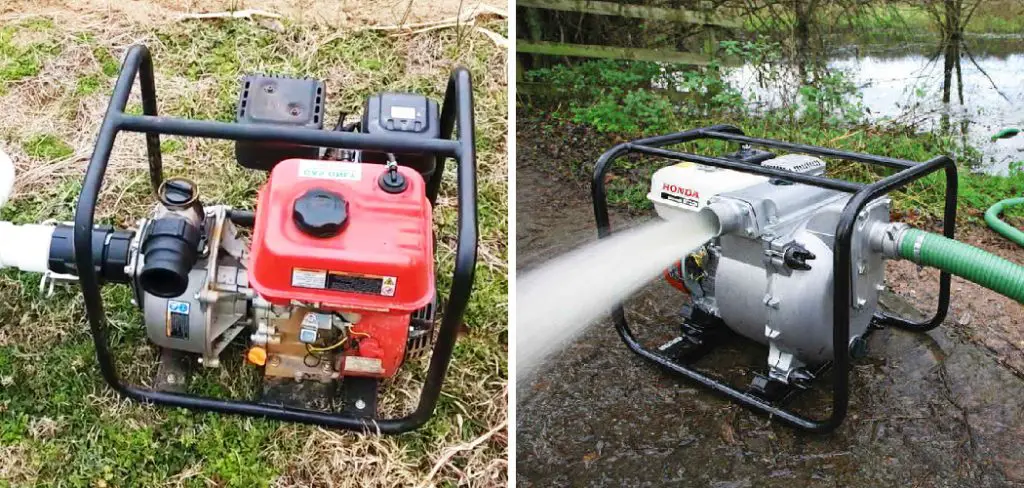
Trash pumps can be a lifesaver! With their power and portability, they are perfect for handling many types of waste. Whether you are in an industrial setting or dealing with runoff in your home, these handy devices can save the day.
In this blog post, we’ll discuss what a trash pump is and how to use it correctly for maximum efficiency – so read on to find out more about how to use a trash pump!
Why May You Want to Use a Trash Pump?
1 . To Clean Up Flooded Areas
Trash pumps are a great option for cleaning up flooded areas, as they can easily and quickly remove standing water. This is especially useful for residential basements or storm drains where sudden flooding occurs. A trash pump can help you clear out large amounts of water in no time, reducing the amount of damage done to your property.
2 . To Move Heavy Solids
Trash pumps don’t just move large amounts of water; they can also be used to move heavy solids like gravel, mud and sand. This is perfect for cleaning out ditches or other areas that have been filled with debris. With a trash pump, you can easily and quickly remove debris without having to do any manual labor.
3 . To Drain Pools, Ponds and Waterways
Trash pumps are great for draining large pools, ponds and waterways. This is especially convenient if you have a pool or pond that needs regular maintenance. With a trash pump, you can easily and quickly drain the water in no time.
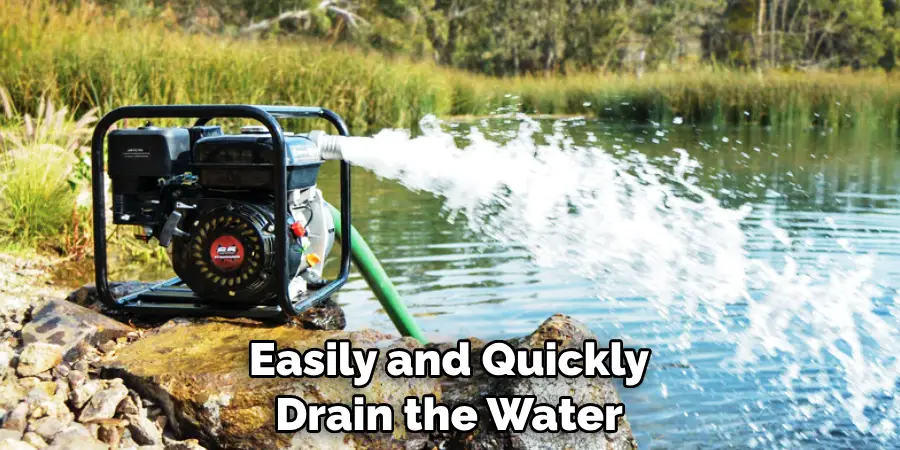
4 . To Move Water from One Location to Another
Trash pumps can also be used to quickly move water from one location to another. This is especially convenient if you need to fill a pool or other body of water in a short amount of time. With a trash pump, you can easily move large amounts of water as needed with minimal effort.
5 . To Clear Out Septic Tanks
Trash pumps are also a great way to quickly and easily clear out septic tanks. This is perfect for those times when you need to repair or replace parts of your septic tank system, as the pump can quickly and effectively remove all the solids from the tank.
When used properly, a trash pump can be an invaluable tool for quickly and efficiently clearing out large amounts of water and debris from flooded areas, septic tanks or other bodies of water. With the right pump for the job, you can easily remove whatever needs to be removed in no time!
How to Use a Trash Pump in 5 Easy Steps
Step 1: Prepare the Pump
Before you can start operating your trash pump, it’s important to make sure that all of the components are ready. Start by attaching the hose and intake strainer to the pump. Make sure there is no debris blocking any of these parts and check for any leaks in the connection points.
Step 2: Fill With Water
Fill up the trash pump with water until it is completely submerged. This will help ensure that the pump operates properly and won’t cause any clogs or other issues. Make sure to check that there are no air pockets in the hose before proceeding.
Step 3: Connect Power Source
Once you’ve ensured everything is connected properly, plug your trash pump into a power source. Most pumps are powered by either a standard outlet or an extension cord, depending on the model.
Step 4: Set Pump to Desired Flow Rate
Before you can start pumping, it’s important to adjust the pump so it is set at the desired flow rate. This will help ensure that your pump doesn’t cause any damage due to over-pumping. Depending on your model, you should be able to adjust the flow rate with either a knob or a switch.
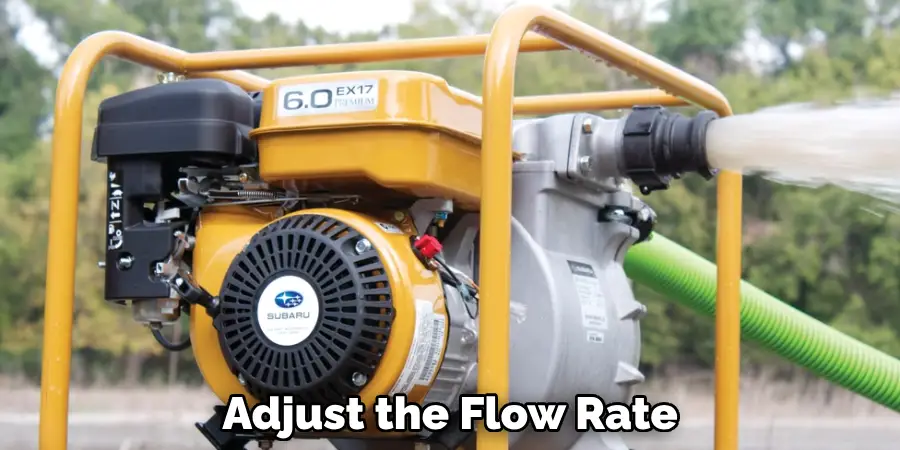
Step 5: Start Pumping
Finally, you’re ready to start pumping! Make sure that the pump is securely attached and then turn it on. The water will start flowing from the hose and you can monitor its progress until all of the debris has been removed from your desired area.
Some Extra Tips to Use a Trash Pump
1 . Connect the Suction Hose
When connecting the suction hose to a trash pump, it is important to ensure that all connections are made correctly. The first step is to attach the hose securely to the inlet side of the pump. Then, ensure that the other end of the hose is firmly connected to whatever material needs to be pumped out.
2 . Check the Inlet and Outlet Valves
Once the hose is securely connected, check to make sure that both the inlet and outlet valves are closed. This will prevent any material from entering or leaving the pump unintentionally.
3 . Do Not Run the Pump Without Water
When in use, trash pumps need to be submerged underwater. Running a dry pump can cause damage to the machine and lead to costly repairs. To prevent any damage, make sure that there is always water present when running the pump.
4 . Clean Out The Trash Pump Regularly
To ensure optimal performance of your trash pump, it is important to keep the inside of the pump clean. Trash and other debris can clog the machine and reduce its effectiveness. To avoid any issues, make sure to clean out your trash pump regularly with a brush or other cleaning tool.
5 . Use The Right Fuel
Trash pumps are powered by either gasoline or diesel fuel, depending on the model. Make sure to use whatever fuel your machine requires for optimal performance. If you are unsure, consult with the manufacturer’s guidelines or instructions.
6 . Consult the Manufacturer’s Guidelines
Before operating any trash pump, it is a good idea to read and familiarize yourself with the manufacturer’s instructions. This will help ensure that you use the machine properly and maintain its performance over time. Additionally, it is important to be aware of any safety guidelines provided by the manufacturer before operating your trash pump.
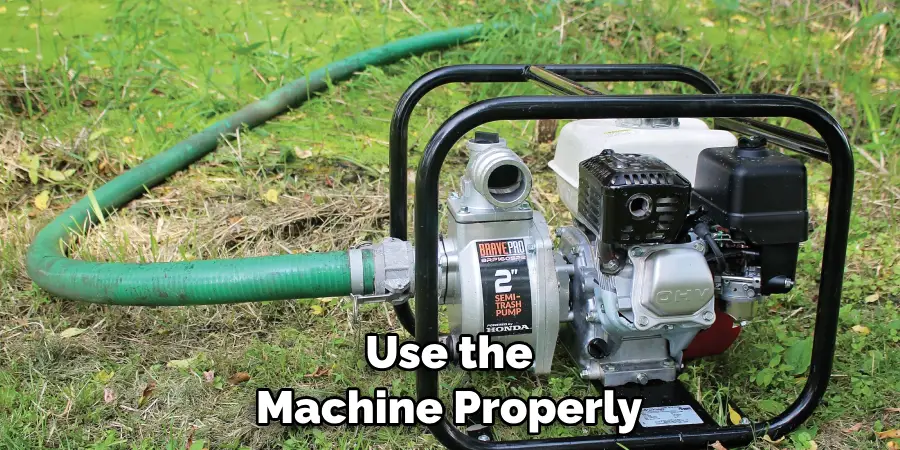
Following these tips should help ensure that your trash pump works efficiently and reliably for years to come!
Frequently Asked Questions
What Precautions Should I Take When Using a Trash Pump?
When using a trash pump, it’s important to keep safety first. Make sure that the area is free of debris and other dangerous materials such as sharp objects or chemicals before you begin.
Wear appropriate protective equipment such as gloves, boots, goggles, and a face mask to guard against any potential hazards. Additionally, ensure the proper connections of hoses and check for any signs of leakage before you start the engine. Taking a few safety precautions can help prevent costly repairs or worse, potential injury.
What Kinds of Liquids Can I Pump with a Trash Pump?
Trash pumps are typically used for moving water, but they can also be effective at pumping other liquid materials such as sewage and sludge. Depending on the size of the pump, it should be able to handle liquids with solid content up to 2” in diameter. Make sure you always match the size of the pump with its intended purpose before use.
What Is a Trash Pump Used For?
Trash pumps are most commonly used for dewatering purposes, such as removing water from flooded basements, ponds, or other areas. They can also be used for general liquid transfer needs such as pumping out pools, hot tubs and spas. Trash pumps are often found on construction sites to remove any excess water or sediment that accumulates during the building process.
How Do I Start a Trash Pump?
Starting a trash pump is fairly straightforward. Begin by connecting the suction hose to the intake side of the pump and connect the discharge hose to the outlet. Make sure all connections are secure, then fill any cavities with oil or water depending on what type of lubricant your model requires. Finally, start the engine and let it warm up for a few minutes before you begin pumping.
What Maintenance Does a Trash Pump Require?
Regular maintenance of your trash pump is essential to ensure it remains in top working condition for many years. Begin by cleaning debris and any dirt build-up from the impeller and other components.
Make sure all hoses are securely connected, and inspect for any signs of leakage or damage. Additionally, check and change the oil regularly as needed and store your trash pump in a dry area when it is not in use. Following these simple steps can help extend the life of your pump and prevent costly repairs down the line.
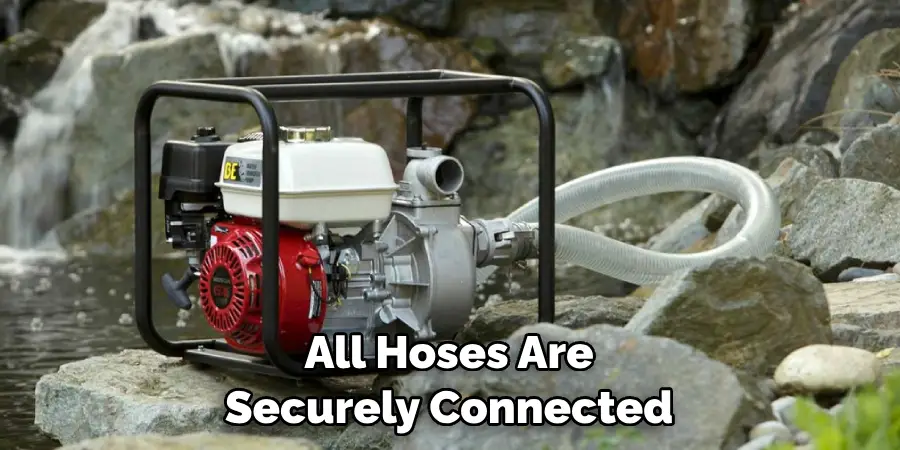
Conclusion
In conclusion, using a trash pump is an extremely useful tool for many different projects. Not only are trash pumps relatively easy to use, but they can also help complete jobs quickly with greater efficiency. It is also important to make sure the area surrounding the pump is well-maintained and uncluttered for maximum safety.
Now you know how to use a trash pump! Additionally, one should remember to read the instructions manual thoroughly before starting to ensure you have all the necessities down before getting started. Finally, on your experience by being aware of the environment and disposing of pumped items properly. With these simple tips in mind, anyone can become a master at using a trash pump!

